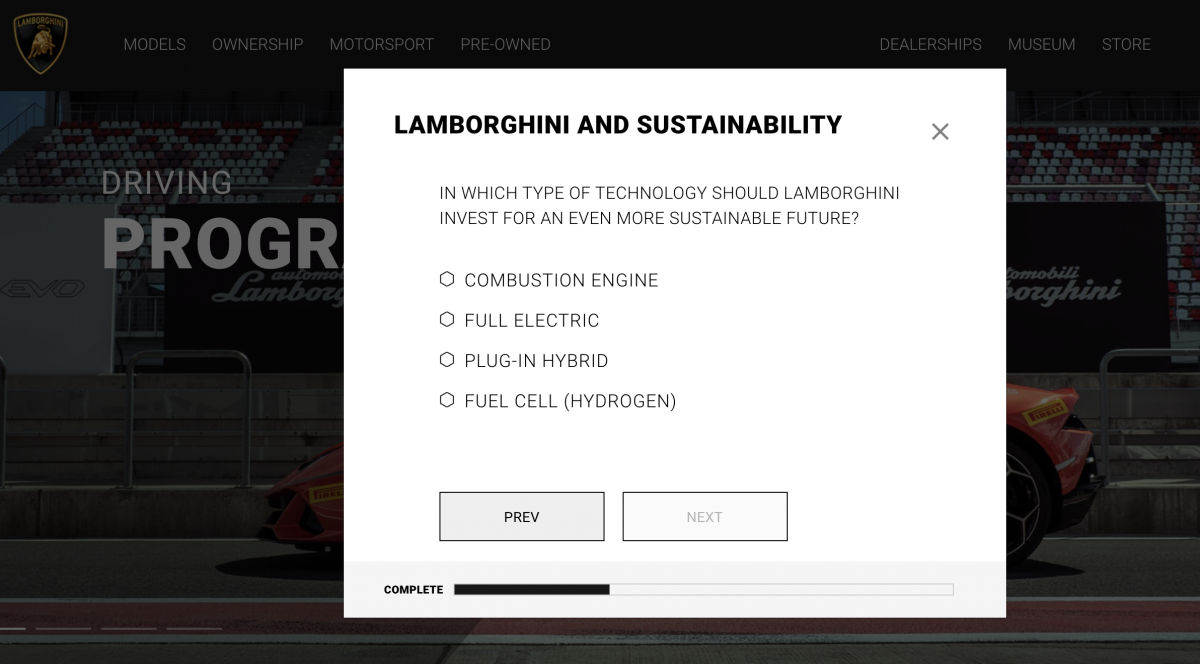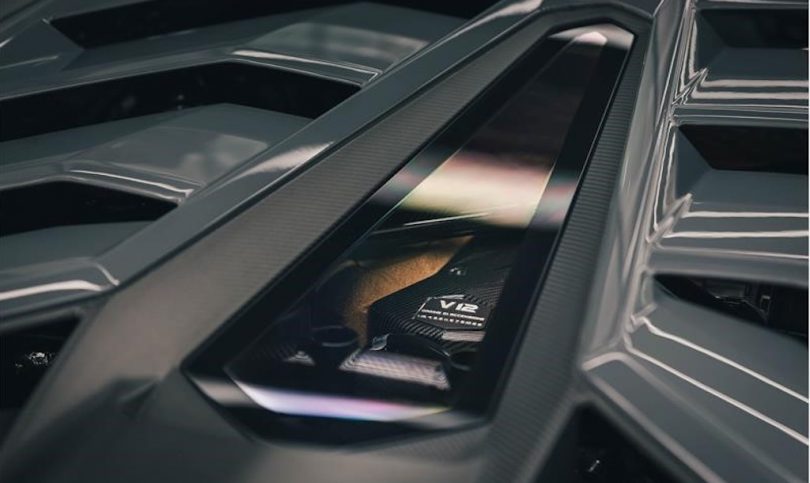In a new initiative Italian Automobile brand, Lamborghini is taking a survey on its website. The survey asks several questions related to sustainability and also asks for the opinion of the customers about which type of engine technology the brand should use in the future for more sustainability. The options include Combustion Engine, Full Electric, Plug-In Hybrid and Hydrogen Fuel Cell.
Lamborghini’s Current Electrified Technology
Currently, the only electrified powertrain in the brand’s line-up is the 6.5-litre naturally-aspirated V-12-cylinder petrol engine coupled to a low-hybrid electric system with the world’s first use of ‘Super Capacitor’ application to store power and can store ten times more amount of power than the Lithium-Ion technology. The engine produces a combined output of 819 Hp of power. The 48-volt e-motor is incorporated into the gearbox and produces 34 kgs and produces 34 hp of power which is a weight to power ratio of 1:1.
The abovementioned engine also features a regenerative braking system which completely recharges the supercapacitor every time the vehicle brakes. The power unit can use stored electrical energy can be used immediately in the form of ‘Boost’, the electrical system can propel up to 130 kmph where the e-motor decouples automatically. The e-motor also supports low-speed manoeuvres such as reversing and parking with electric power. The Lamborghini Sian roadster which employs the engine can sprint to 100 kmph in less than 2.9 seconds and achieve a top speed of over 350 kmph. However, the Sian was limited to only 63 units.
Future Speculation
According to the brand, if the brand develops a fully electric vehicle the car should be able to reach a speed of more than 300 kmph and perform 3 laps of the northern track of the Nurburgring but currently, such technology is not available in the market to meet the above requirements. Lamborghini’s competitors such as Ferrari, Porsche and McLaren already have either fully electric or hybrid powertrain and Lamborghini could also be planning to introduce hybrid technology on the brand’s more popular models such as the Urus SUV.



